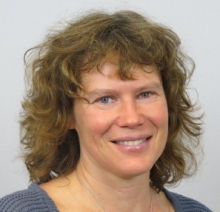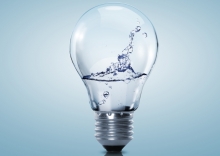Issue:
Europe is looking increasingly at reuse as a way to help meet its water needs. Keith Hayward hears from expert Lluis Sala about the experience of Spain’s Costa Brava region, where reuse has been used for almost 30 years.

It was the need to provide water for golf courses that played an important initial role in the take-up of water reuse in the Costa Brava region in north-eastern Spain almost 30 years ago. ‘In the late 80s and early 90s, several golf courses were built in the area and the two existing ones were struggling with their water supply,’ says Lluis Sala, head of supply and reuse with the local water utility, Consorci de la Costa Brava. ‘Obviously, the drinking water networks operated by CCB were not intended to supply water to golf courses, so for them treated wastewater was the untapped resource to use.’
CCB was created as a public water utility in 1971 to serve 27 coastal municipalities in this part of the province of Girona. Mainly this was with the aim of providing treatment of growing volumes of wastewater in this tourist area, but subsequently CCB took on the construction and operation of drinking water resources infrastructure to provide extra supplies for parts of the region, explains Sala. ‘In such an environment, water reuse was a logical step, since it meant making the most of the water resources in the area, both local and imported,’ he says.
CCB’s water reuse activity began in 1989 in response to what Sala describes as an ‘urgent need’ on the part of the golf courses. ‘At that time California and Florida, plus Israel, were the main references on water reuse one could learn from,’ he says, noting the contribution of fellow Spaniard and reuse expert Professor Rafael Mujeriego in providing a link to the US experience. ‘We started to understand the logic of water recycling for irrigation: microbiological quality was paramount, but also other parameters such as electrical conductivity and the concentration of nutrients were important. By understanding this, we slowly turned the initial reluctance of the users of reclaimed water into trust, who learned how to manage the water and the nutrients it contained,’ says Sala. ‘Today, almost 30 years later, this is considered standard practice.’
To view the full article, log in here. New users can register here for free trial access, or subscribe here.
Keywords:
- Spain, municipal wastewater, water reuse, Consorci de la Costa Brava






